Patrick Bardsley always knew he wanted to make a career out of helping the special needs community.
But what the United Kingdom transplant didn’t know was that after being approached to help start a T-shirt printing business in 2011, it would turn into one of the nation’s largest, most successful enterprises that today employs more than 30 men and women on the autism spectrum.
He, alongside his two co-founders Stella Spanakos and Nicole Sugrue, named the business, Spectrum Designs. They are based out of Port Washington, New York, and have been growing exponentially ever since 2011.
“I think I have the best job in the world, I really do,” Bardsley said. “The team we have are some of the most genuine, honest, pure people you could meet. They’re loyal and hardworking and it feels great to talk to them and see their lives change by having a place at Spectrum Designs, getting a paycheck, feeling valued, part of the team, and the impact that it has on their families. There’s no such thing as a bad day here.”
Why Spectrum Designs Was Founded
The idea to start Spectrum Designs came in the wake of the sudden passing of Paul Kitos, the husband of Spanakos. Their son, Nicholas, was on the autism spectrum and Spanakos decided to honor her late husband by founding the Nicholas Center with the premise of offering life and vocational skill training to those on the autism spectrum.
Spanakos, Bardsley, and Sugrue would also found Spectrum Designs around the same time with the goal of hiring the autism community to work for the business.
With close to 80 percent of the nation’s population with a disability unemployed, the trio made it their mission to change that.
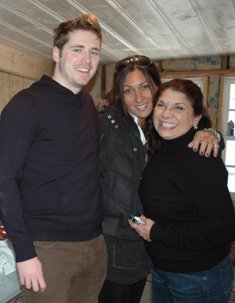
“When my co-founder’s husband passed away, we were wondering what we could create for Nicholas and those like him to live those safe, happy, prosperous lives,” Bardsley said. “That was kind of the impetus behind creating Spectrum Designs.
“I would talk to parents who would say, ‘well what happens when I’m no longer here? What happens when I get old? What happens when the school bus stops coming and they graduate high school?’ That was in my mind when my two co-founders who were both parents of teenage boys and myself as a younger person were kind of like, what happens next?”
But why choose to get into the print and custom decoration industry? At the time, Bardsley had no experience printing T-Shirts on a Direct-To-Garment machine, nor did his co-founders.
But what Spanakos and Sugrue did have experience in was ordering T-shirts over the years for different fundraising events within the autism community.
“My two co-founders had been fundraising in the autism community for 20 years, so they ordered T-shirts for lots of other events,” Bardsley said. “So we thought to ourselves, well we could print those shirts. And if we were printing them, maybe the autism community would order them from us.”
Bardsley and his co-founders also took into account the jobs in which they would need to run a successful printing business. They all agreed that printing T-Shirts could be a job that someone on the autism spectrum could do well.
Needless to say, they were right.
“You get a blank shirt, you decorate it in some way, shape, or form with a colorful design or whatever it is, and then you put it in a box and you ship it out,” Bardsley said. “There’s a very clear beginning, middle, and end. That can be very reinforcing for someone who likes structure and routine.
“While as if you compare it to something like cleaning, your version of a clean floor might be different to mine or someone else’s. It’s kind of more subjective and I think that can be more challenging or disconcerting for a population who likes structure and routine in general.”
Starting In A Barn
In 2011, the trio set up shop in a converted barn in the back of Spanakos’s Long Island residence. They had one piece of equipment at the time, and Bardsley admitted that there were a lot of early struggles getting their business off the ground.
“A lot of sleepless nights wondering if what you’re doing is going to work questioning everything you’re doing,” Bardsley said. “Obviously with the social element of it and being a social entrepreneur and a social enterprise, we also had to be very aware of making sure we were true to our mission as well.
“There were a ton of times where we had our doubts and difficult moments. Orders that went wrong or things that just didn’t work out. I think we were lucky to have good people around us and behind us. People who wanted to see us succeed. We also just kept true our commitment to providing a great opportunity for our workers and also a great experience to our customers.”
Starting To Grow
In 2012, Spectrum Designs had grown enough to move into a better location. They purchased a 500 square-foot space and at that time, had 10 teens on the autism spectrum working for them.
“It was good to get out of there from a business point of view, but also it felt amazing to have a real flag in the ground and have a real building that people could come to,” Bardsley said. “It was a big deal, especially because it was on Mainstreet. We just felt it was important to have our roots are deep in the community.”
After expanding again in 2013, this time by purchasing a space three times as big in the Community Chest Building in Port Washington, their sales reached the $250,000 mark. They also added screen printing into their repertoire in 2013.
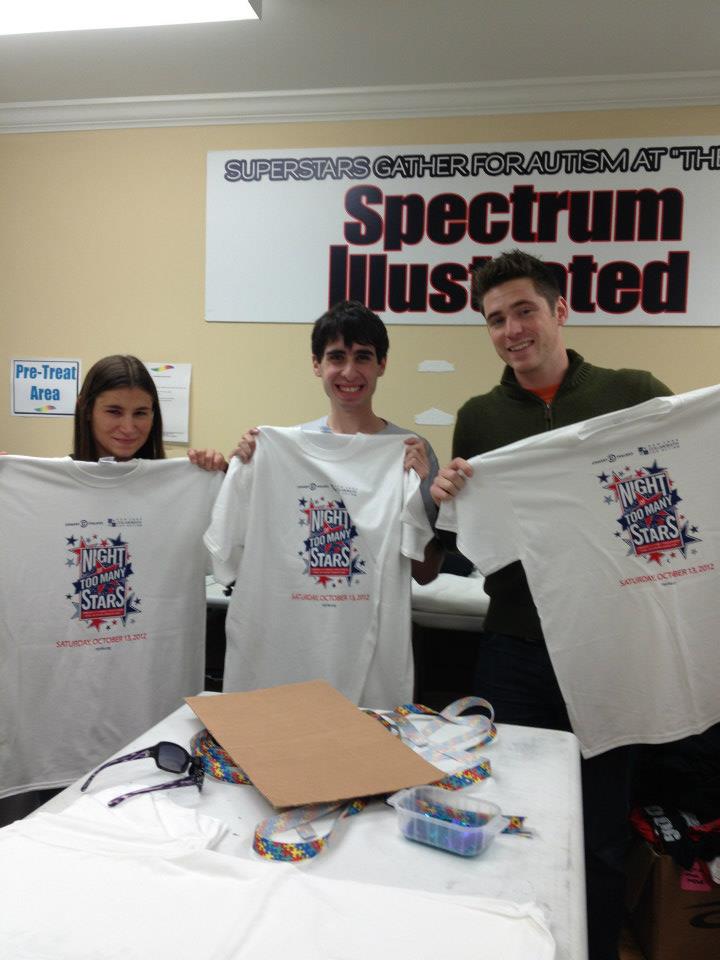
By 2014, their sales had nearly doubled to $500,000 and Spectrum Designs became the go-to printing company in the local community.
With the business growing by the day, Bardsley and his team felt it was time for some major upgrades to their equipment.
In 2015, Spectrum Designs made the switch from manual to automatic screen printers, increasing their production by nearly 500 percent.
2016 marked another huge milestone for the business. They reached $1 million in annual sales, created two affiliate businesses in Spectrum Bakes and Spectrum Suds, and received a major printing contract that Bardsley said was a major milestone in the companies progression.
“We got a big national contract for Autism Speaks in 2016 and that was a 50,000-piece job that we knew we would be shipping all over the country,” Bardsley said. “That was big because I was trying to get that for years and that felt really good.”
Later that year, they signed a contract to move into a 7,500 square-foot facility just steps away from their previous location.
By 2018, annual sales were through the roof. Spectrum Designs reached $2.4 million in gross sales for 2017 and the team was finally able to move into their new building after two years of renovation.
“That felt like a really defining moment in our journey to have a headquarters with a conference room and our own space,” Bardsley said. “We had the production capacity to have two automatics and an embroidery area.”
Bardsley still jokes about not getting to fully enjoy the new space. In the two years that it took to renovate the building, Spectrum Designs had grown so much that even their 7,500 square-foot space wasn’t enough.
“By the time we got moved into the space, it was like putting on a well-fit shoe,” Bardsley joked. “The business had grown out of that space, so that’s why after only about 10-12 months we started looking at expanding, and two years later, we moved into our Westchester location.”
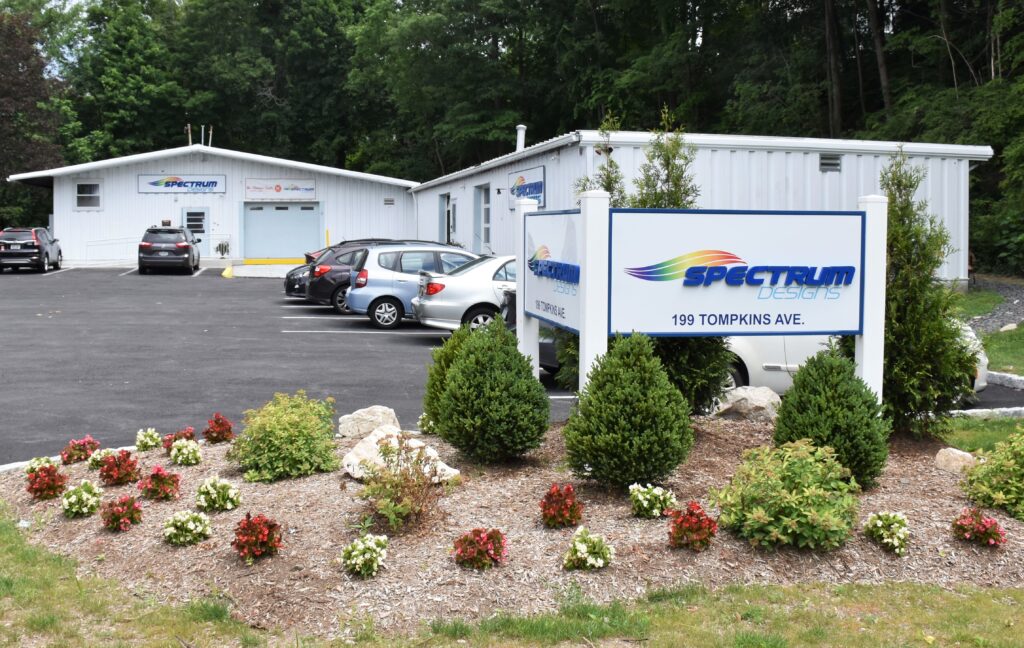
By the end of 2020, Spectrum Designs had two locations and had employed 51 people, 34 of which being on the autism spectrum. While COVID-19 posed its challenges on the business, Spectrum Designs still managed to come out of it in terrific shape.
In February 2021, Spectrum Designs celebrated its 10-year anniversary.
“In 2011, we had one DTG machine and two heat presses, and a spray gun,” Bardsley said. “Now we have three automatics, about to be four. We have 12-13 embroidery heads. We have two dark rooms and exposure units. We’re actually about to upgrade to DTS (Direct to Screen). We have a team of six graphic designers. It’s really grown over the years. Compared to where we were, it’s hard to believe.
“It’s been a great journey and I hope in a few years I look back at what I just described and laugh. That’s always kind of where I am. Our goal is the more machines we’re able to purchase, just means the more jobs we can create for this underserved group.”
Joining DecoNetwork
Spectrum Designs and DecoNetwork have a long history of working together.
They joined forces with DecoNetwork, which provides them with E-Commerce and shop management software to run their day-to-day operations, way back in 2012 and have been using their software ever since.
“DecoNetwork has been a big help for us,” Bardsley said. “Collecting payments now became much more uniform and simple. Quote approval was seamless through people accessing their own information and approving it. It allowed quote generation with proofs. We were now able to keep shipping info in a neat place. We were able to order deadlines which were something we didn’t have. It solved a lot of problems overnight.”
Having been using DecoNetwork for the past nine years, Bardsley said he has really appreciated how the software has evolved and improved over time and has always supported their business endeavors. It made it a no-brainer for Bardsley and the Spectrum Designs team to want to continue using DecoNetwork all these years.
“What I liked about it was that it was always evolving and improving,” Bardsley said. “You could submit a ticket on something or an idea and people would vote on it and change it. I also feel like DecoNetwork has been supportive and aware of our mission. And our customers like it. The payment software is straightforward and simple. The quote approval process works really well. It has all of our historical data in there. I think the main thing is the support and the feeling that we’re not just another customer, but also the information and the constant new updates and ways to improve it. That was always a big thing that we thought was impressive.”
Bardsley, who is now the CEO of Spectrum Designs, says they have no intentions of slowing down. The more they can expand the business, the more people on the autism spectrum they can employ.
That has always remained their No. 1 goal since Day 1.
“I think it has to be,” Bardsley said. “Obviously you never want to expand so quickly that you kind of risk jeopardizing the quality of the product or the quality of the program. SO it has to be dealt with carefully, but the mission and the vision are always that we want to open our doors as wide as possible. When we put a T-shirt out there and it’s made by someone on the autism spectrum, I think it stands as a relic or testament to their capabilities and not just a T-shirt. So my hope is that as we create more jobs and people see these guys working, it’s not a handout, it’s a hand up.”

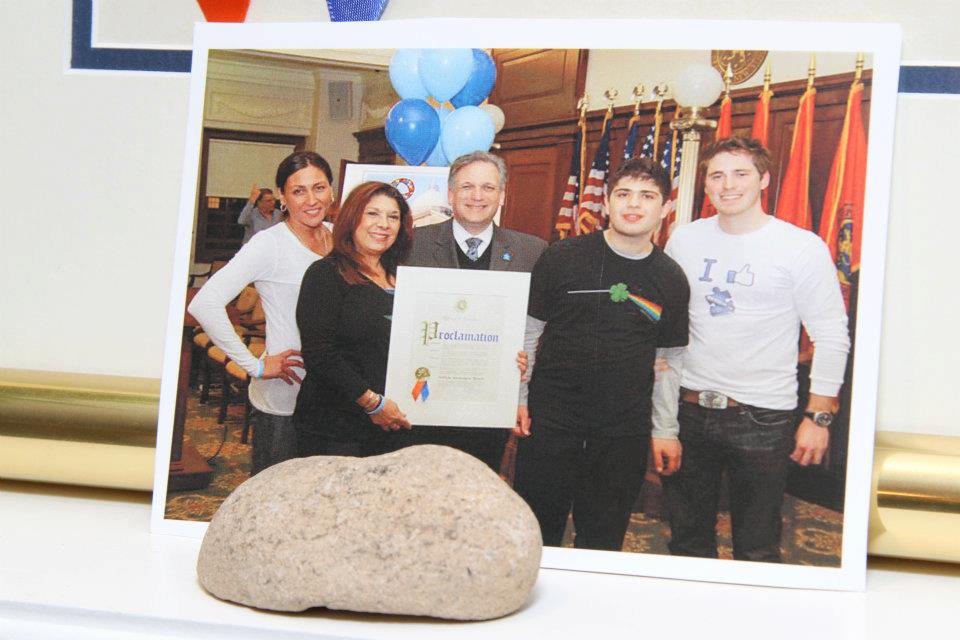
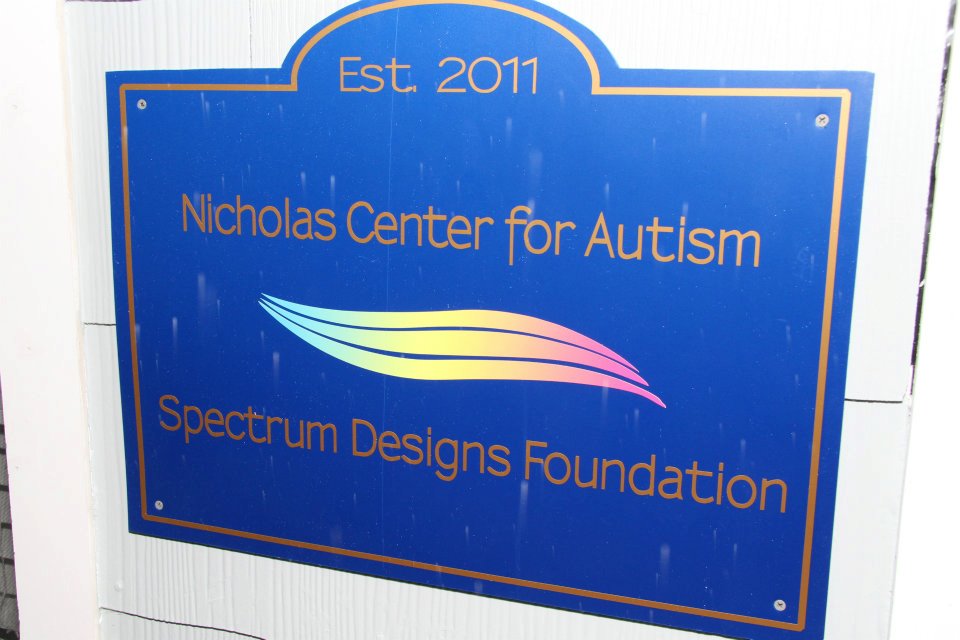
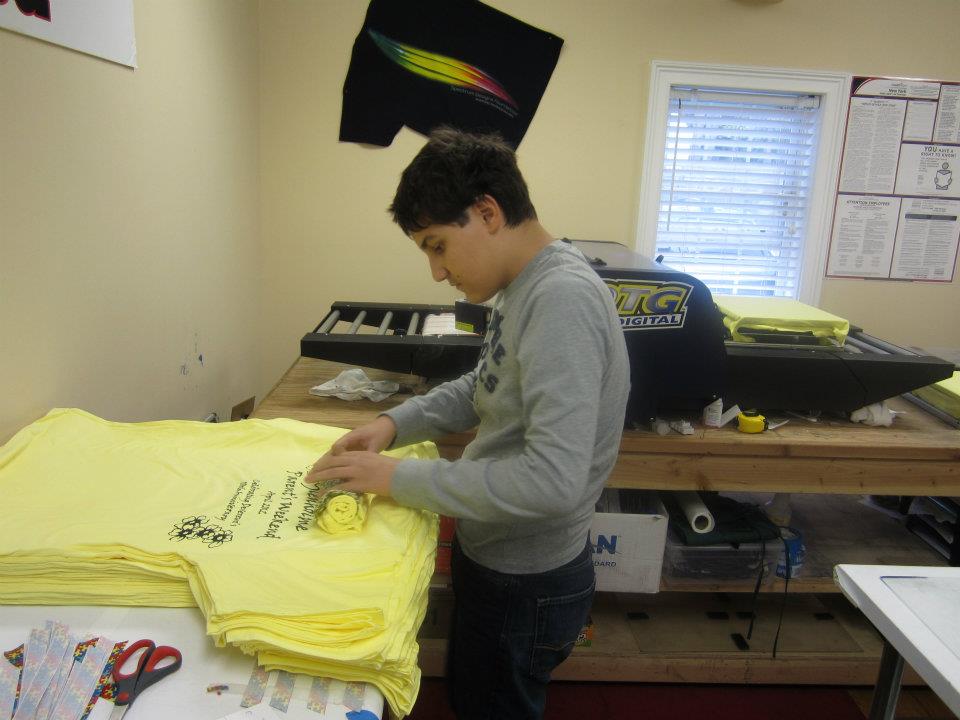
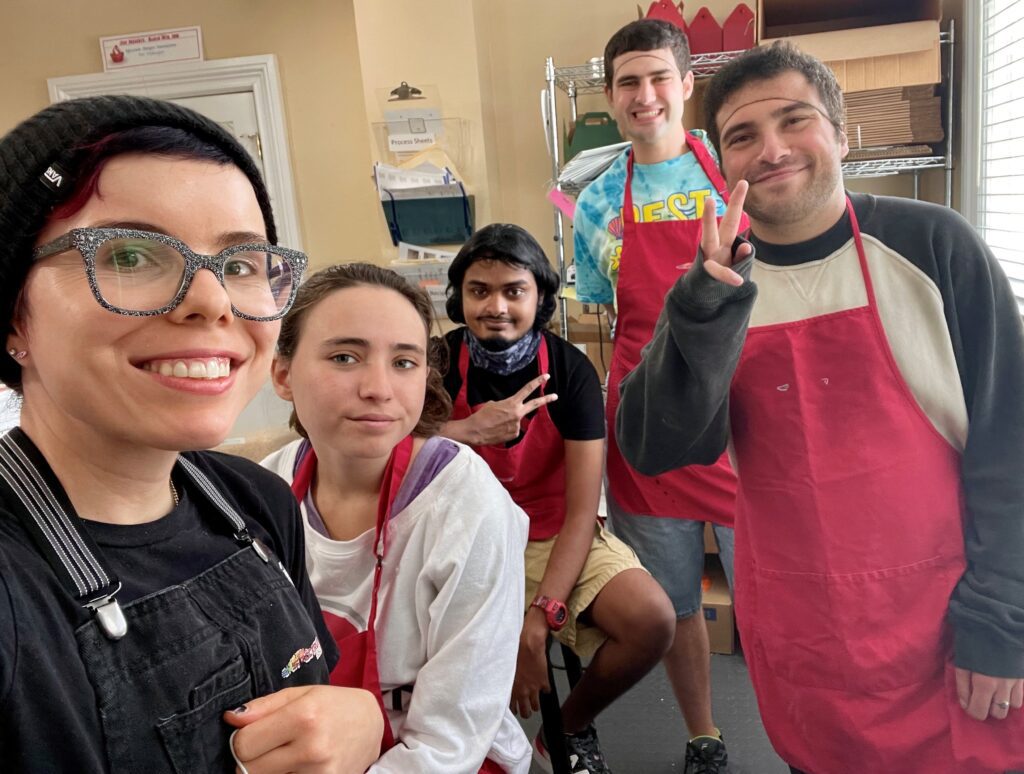
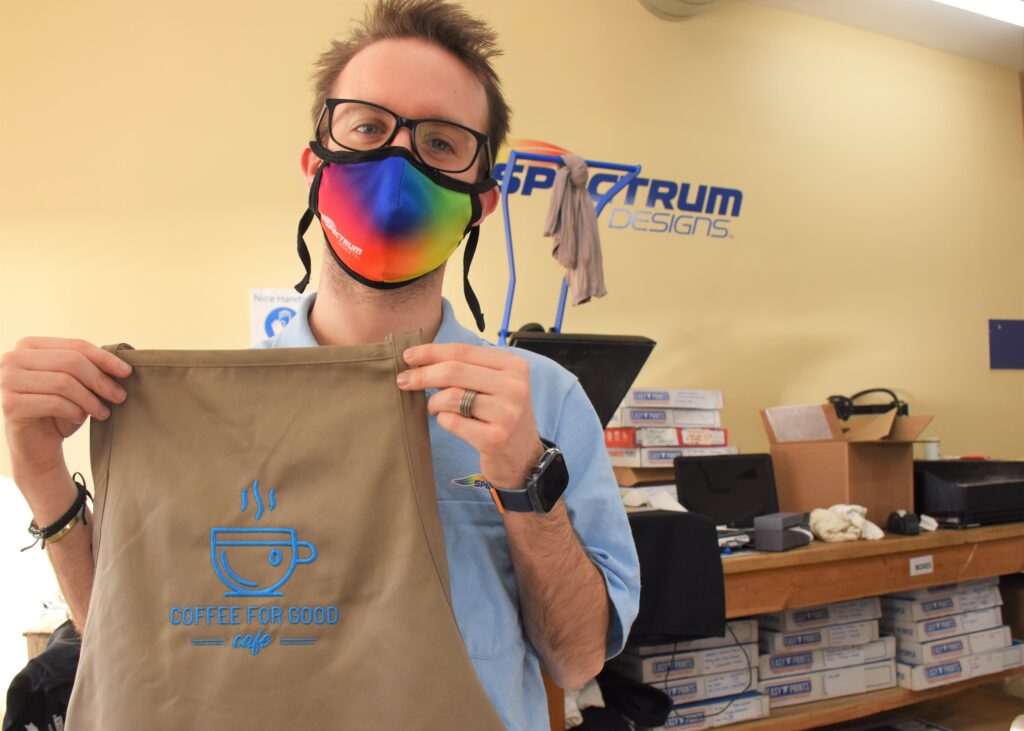
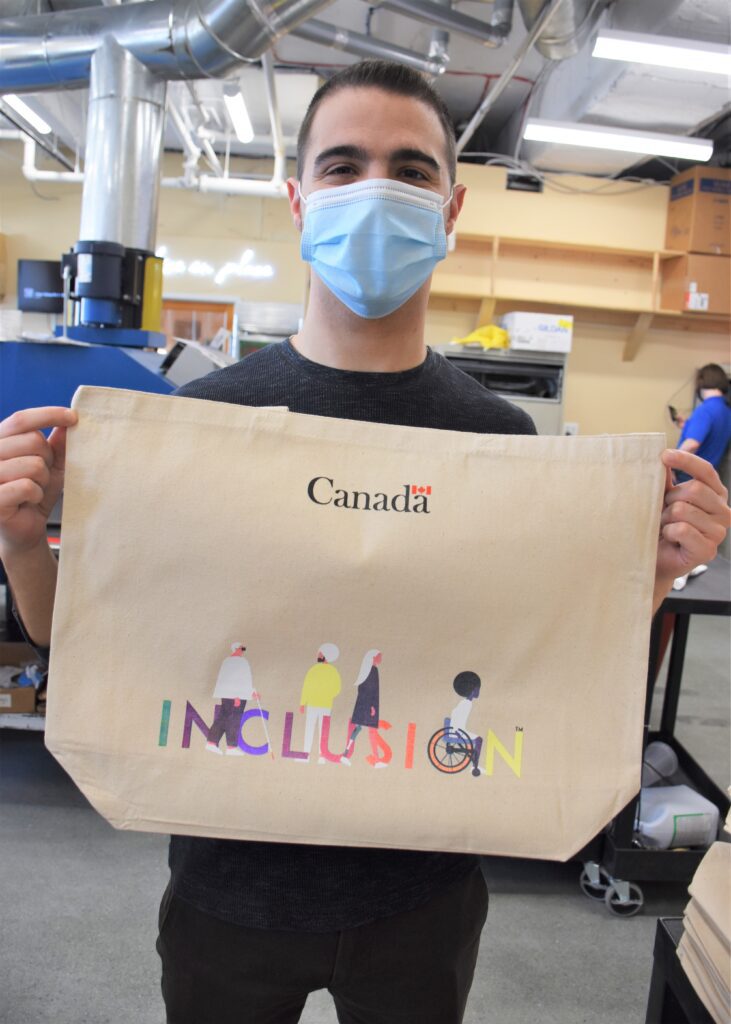
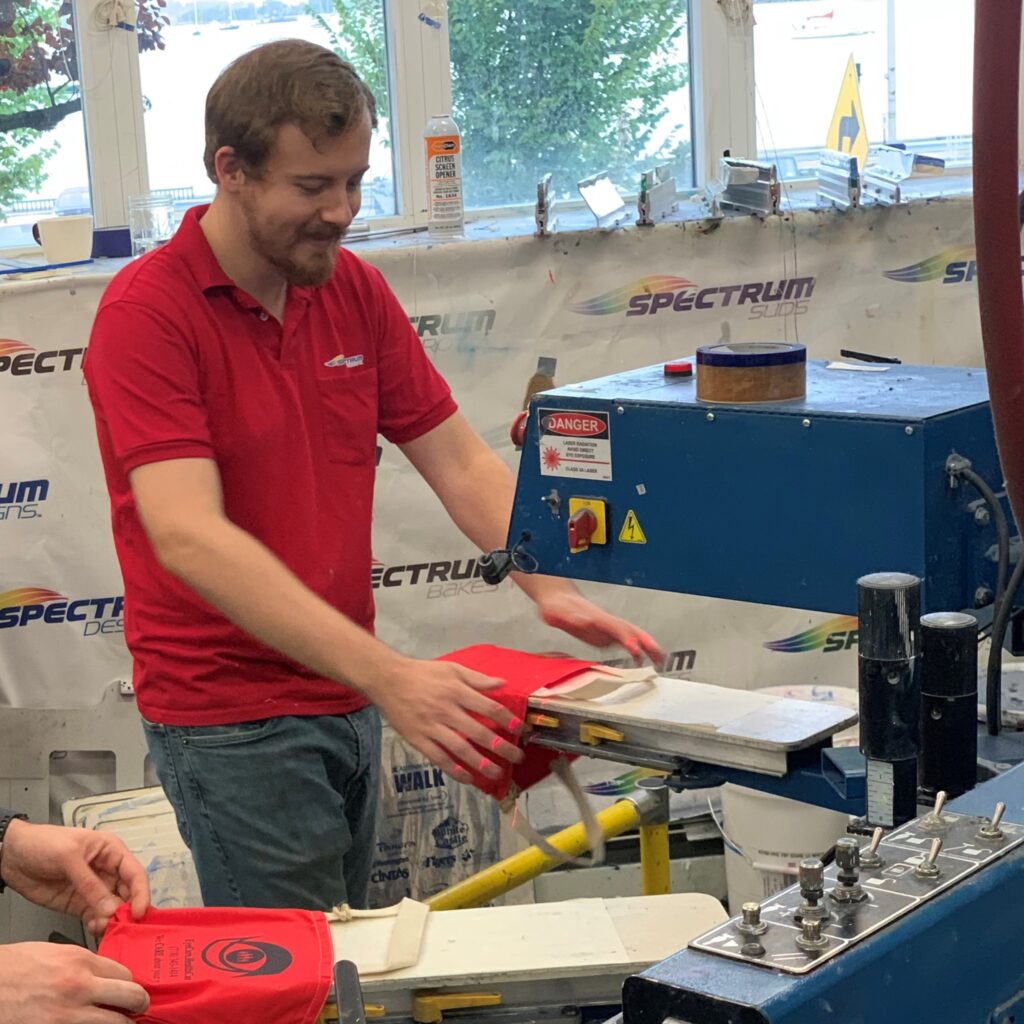
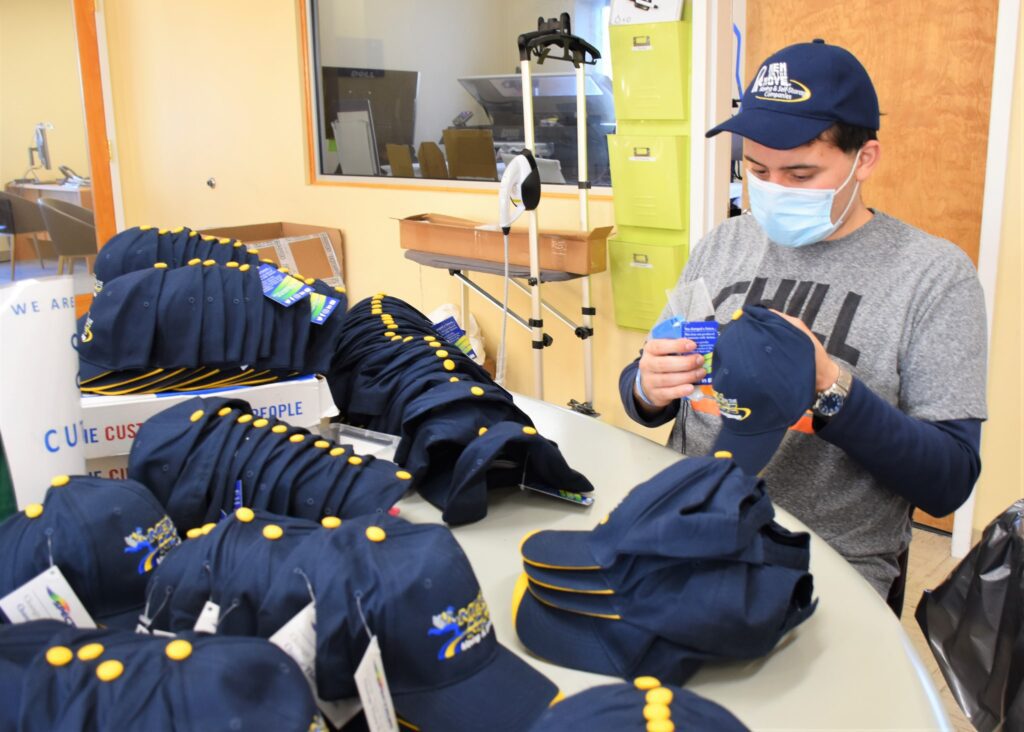
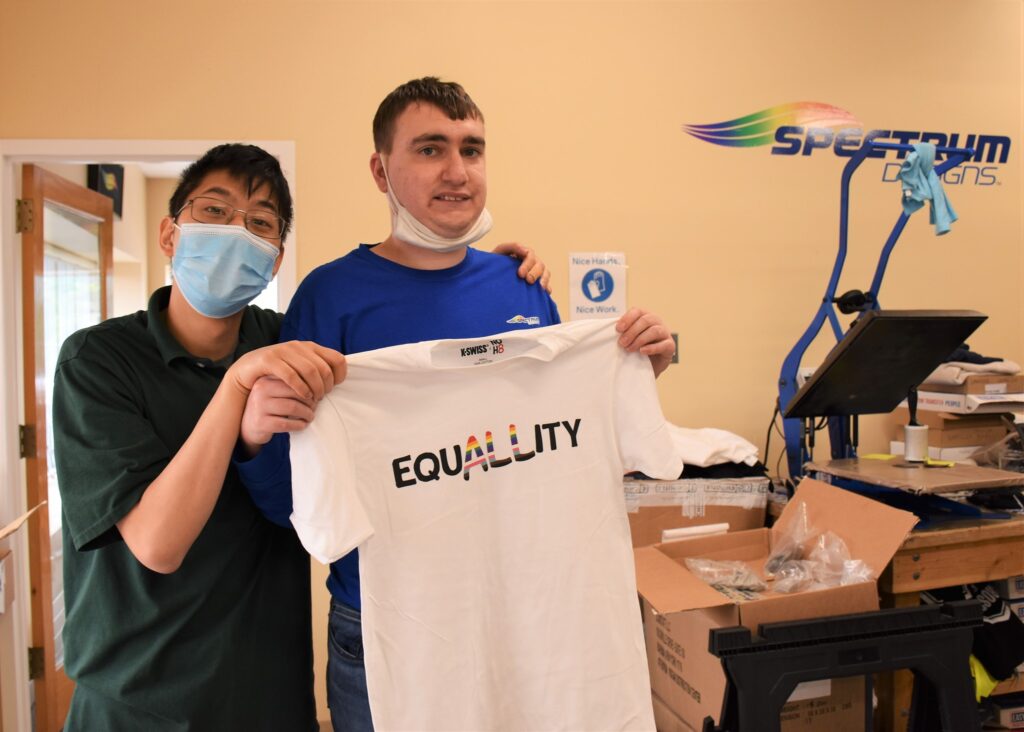
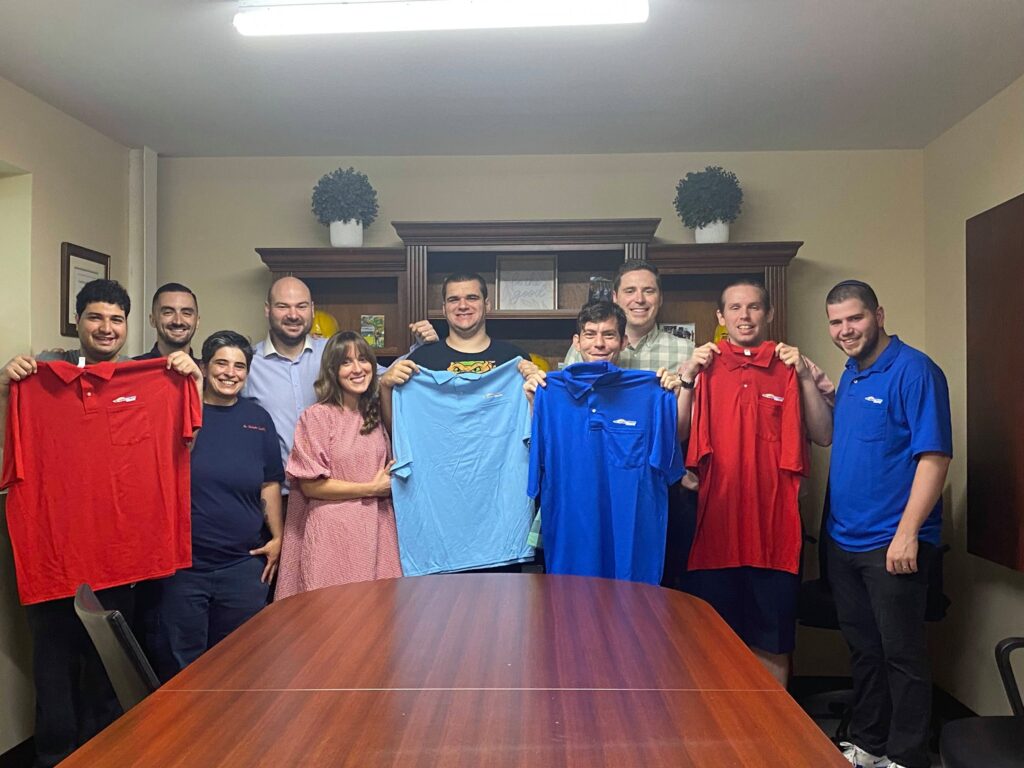
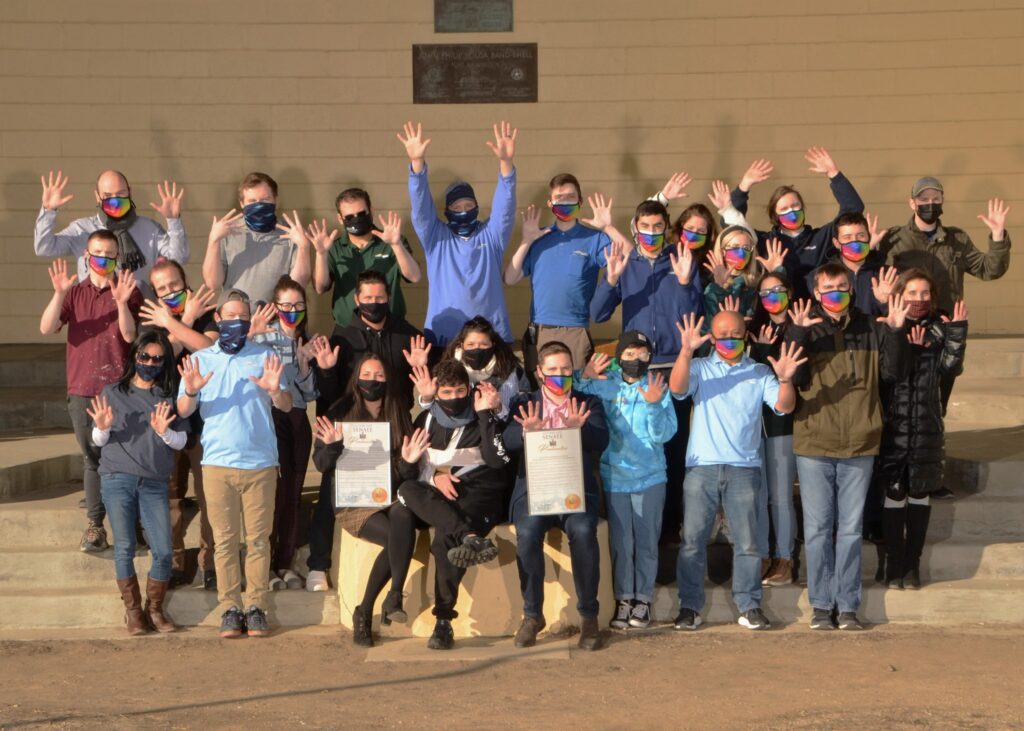
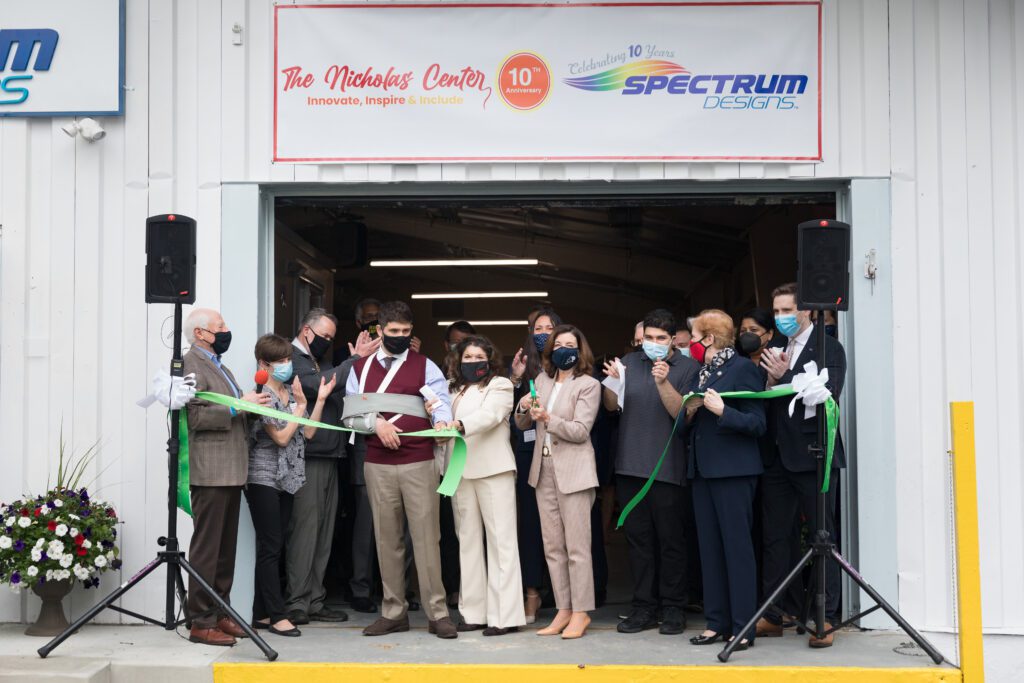



Webroot Keycode
G Cracks
all kinds of news should be provided to you here, please visit our website.
https://keepnews.org/